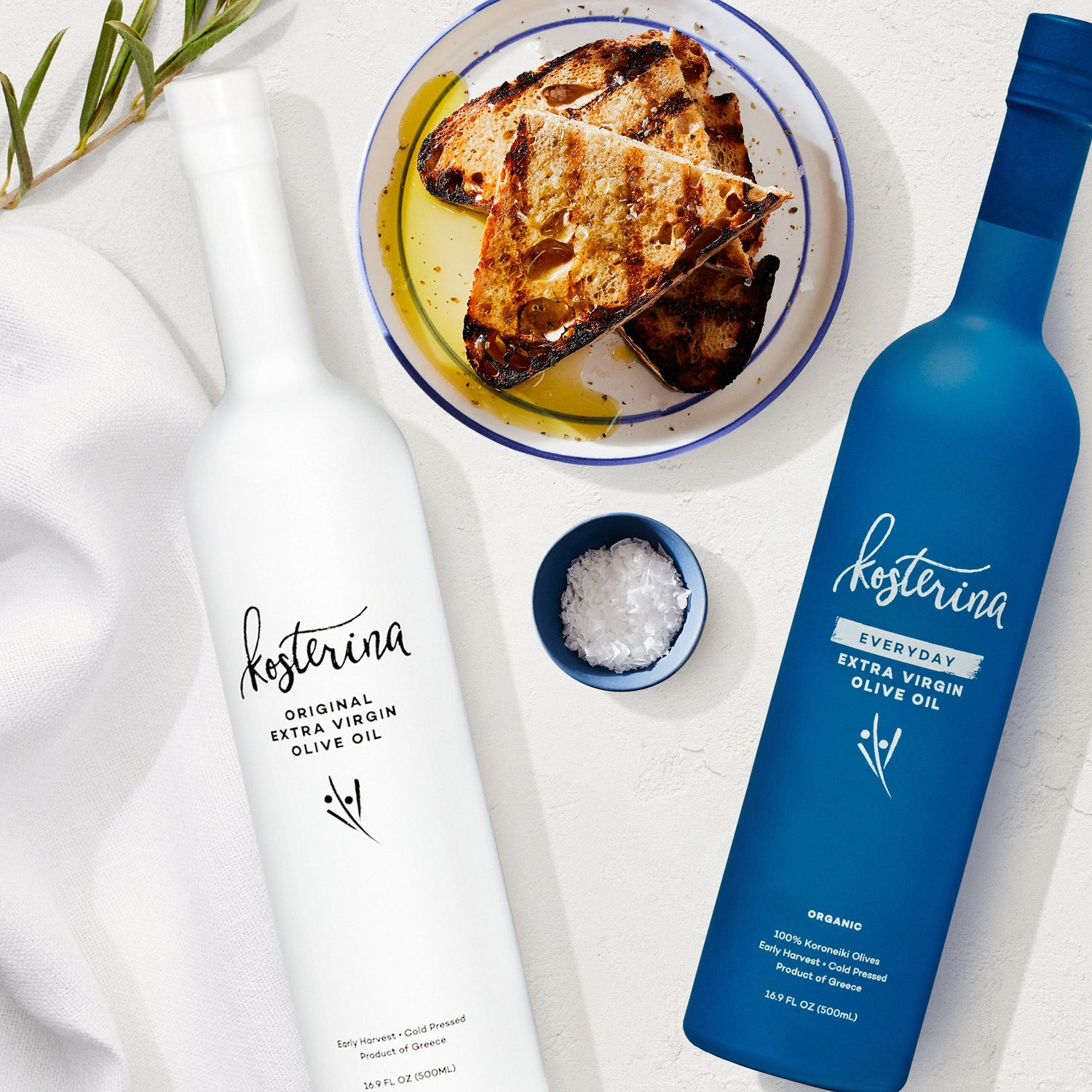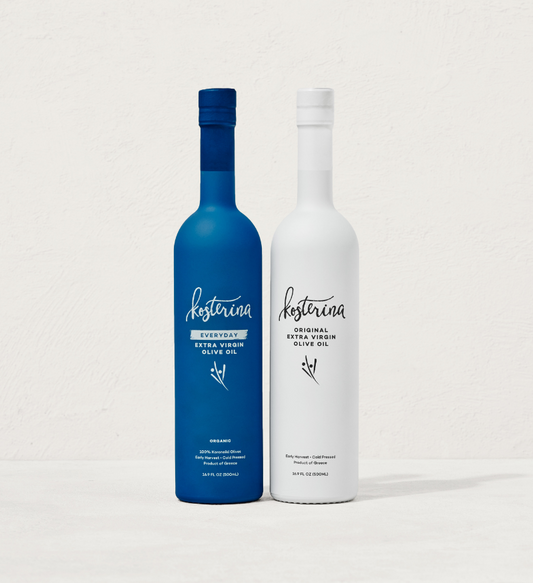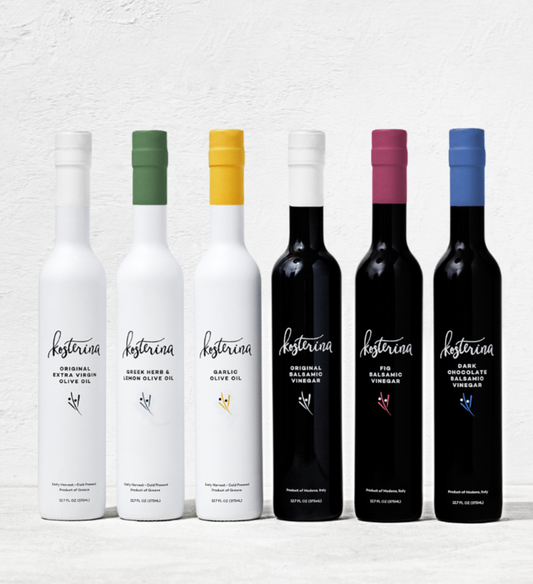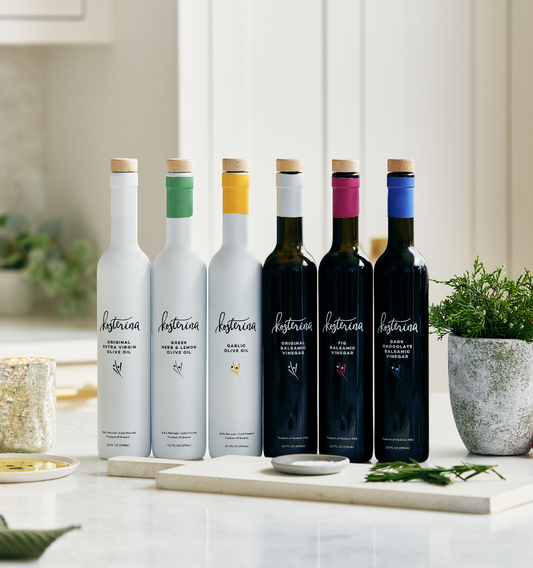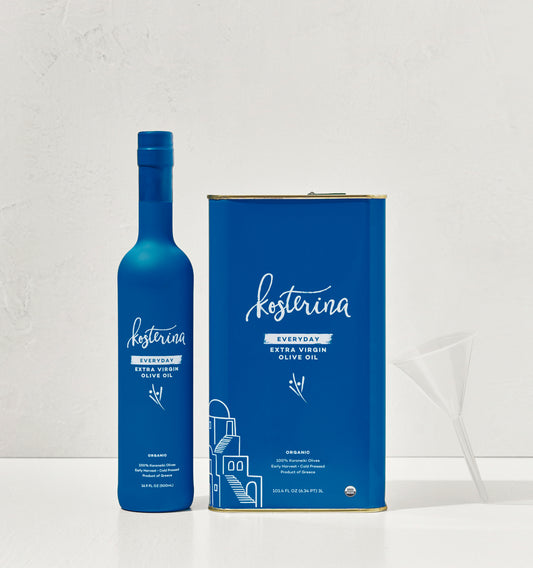What Does “High Density” in Vinegars Mean?
If you’ve ever shopped for ultra-premium vinegars—especially balsamic—you’ve likely seen the phrase “high density” proudly stamped on a bottle, although it is not a universal labeling requirement. But what does it really mean? Is it just a fancy marketing term, or does it actually signal something deeper about quality and health?
Let’s break it down.
Density = Quality + Nutrition
In simple terms, density refers to the thickness or concentration of the vinegar. The higher the density, the more grape must (the juice of freshly crushed grapes) it contains—and the less added wine vinegar or water. This means a high-density vinegar is richer, thicker, naturally sweeter, and typically aged longer. Think syrupy texture rather than watery drizzle. If you close your eyes, you can practically taste summer—think fresh tomatoes, creamy mozzarella, basil from your garden and a bright balsamic drizzle. Yum.
In Traditional Balsamic Vinegar of Modena (Aceto Balsamico Tradizionale di Modena DOP), high density comes from an artisanal aging process and this is everything. After the grape must is slow-cooked over an open flame, it’s aged in a series of wooden barrels—often oak, chestnut, cherry, and juniper—for a minimum of 12 years, and in some cases, up to 25 years or more. According to the Consorzio Tutela Aceto Balsamico di Modena, the minimum density required for certified traditional balsamic is 1.24 g/ml at 20⁰C. That’s a far cry from the mass-produced balsamics on store shelves that are thin, acidic, and loaded with caramel coloring.
One brand making this tradition accessible and modern? Kosterina. Yes, that’s us 😀. Our balsamic vinegars are made in Modena, Italy, with 100% cooked grape must aged in oak barrels—no added sugars, thickeners, or artificial caramel coloring. They're beautifully balanced, deeply flavorful, and pair perfectly with our signature ultra premium EVOO for a delicious, antioxidant-rich boost to any dish.
Why It Matters for Health
Here’s where it gets interesting: high-density vinegars retain more antioxidants, polyphenols, and natural sugars from the grapes. One study published in Food Chemistry found that traditional, aged balsamic vinegars had significantly higher levels of polyphenols and flavonoids, which are known to fight oxidative stress and inflammation in the body.
Dr. David Perlmutter, neurologist and author of Drop Acid, often highlights the role of fermented, polyphenol-rich foods like vinegar in supporting gut and brain health. The microbiome loves fermented foods, and traditional vinegars can offer real metabolic benefits without spiking your blood sugar.
How to Spot a High-Density Vinegar
Look for:
- Density listed on the label (1.28 or higher is excellent)
- Ingredients: Grape must should be first—and ideally the only ingredient
- No caramel coloring or added sugar
- Origin: Italy (Modena or Reggio Emilia) is the gold standard
- Texture: Thick, glossy, and coats a spoon
Why You Need A Bottle Right Now
“High density” isn’t just a buzzword—it’s a clue that you’re getting a product crafted with tradition, aged with care, and loaded with nutrients your body will thank you for.
Pro Tip:
Drizzle high-density Kosterina balsamic over roasted veggies, fruit, or cheese—a little goes a long way. It’s not just dressing; it’s a superfood condiment.
So next time you reach for vinegar, think density. The richer, the better—for your salad, your taste buds, and your health.
Peace, Love, & EVOO,
Katina and The Kosterina Team
